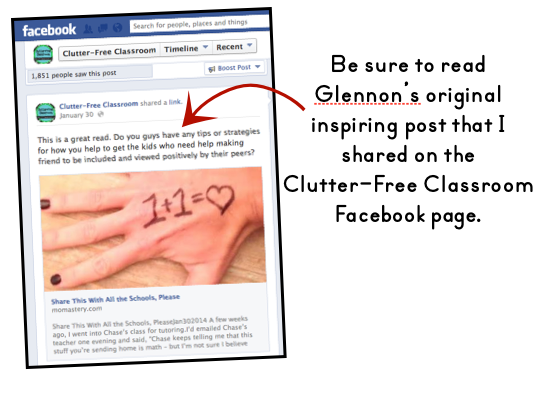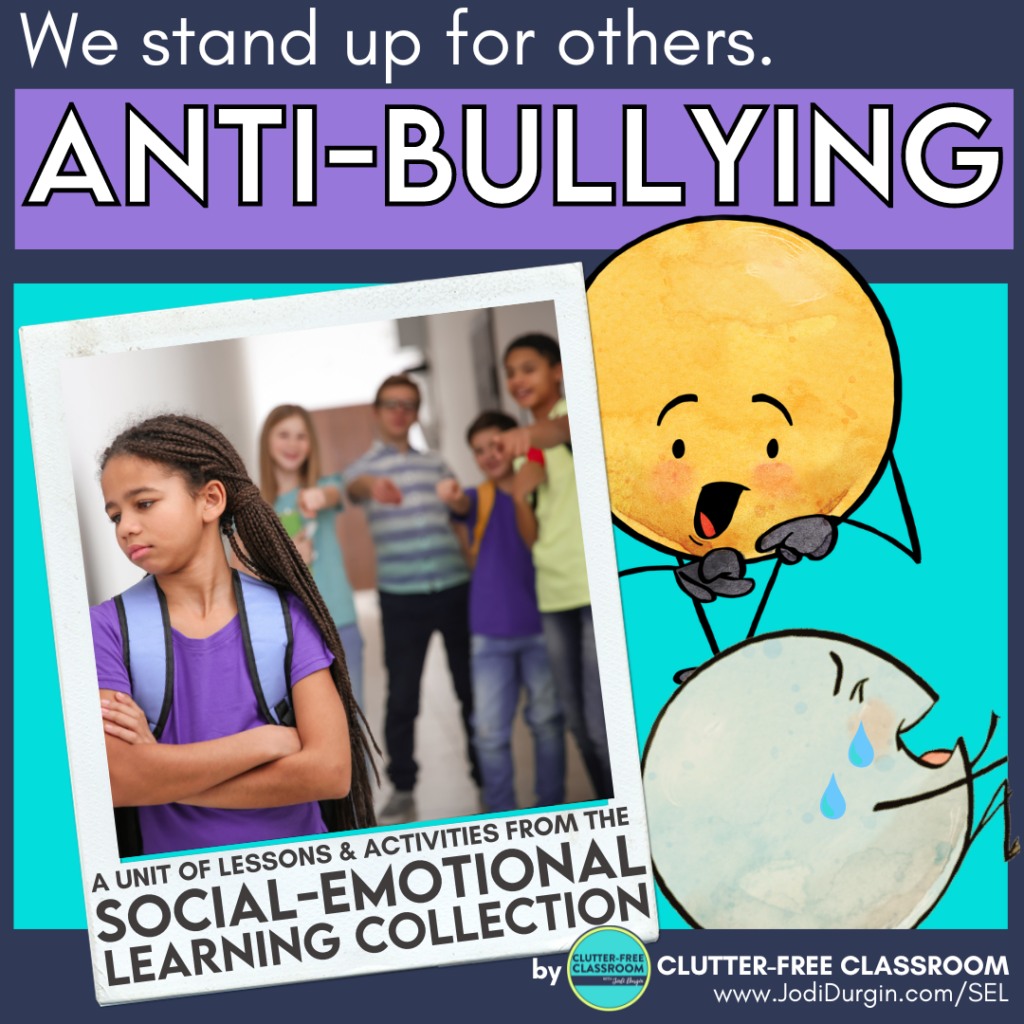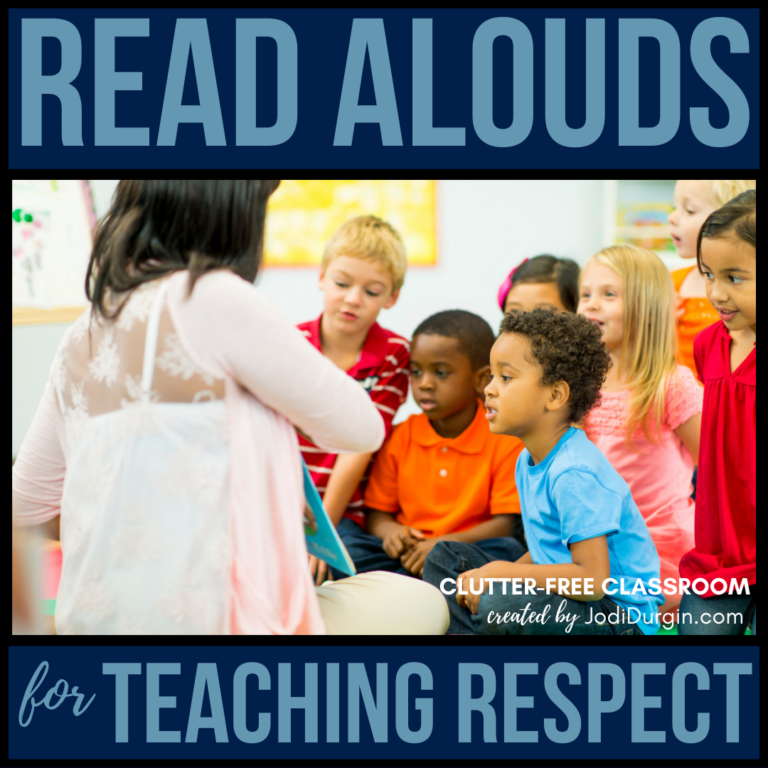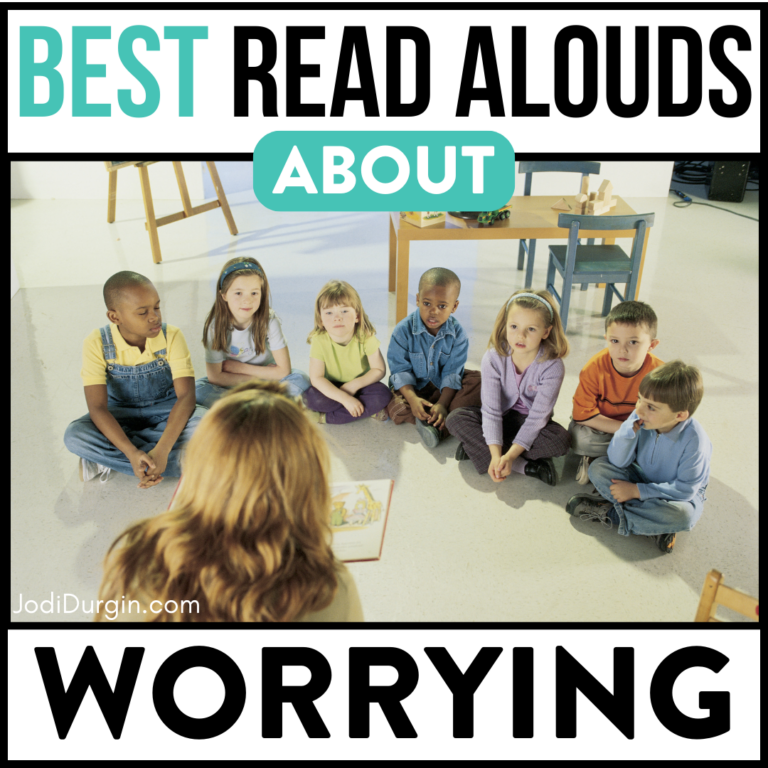Regardless of what grade you teach, I have a free student check-in system resource for you that will help you better understand the relationships between your students. This system includes a classroom check-in form that helps you identify which student or students need some extra attention. It was inspired by Glennon Doyle Melton’s post about a conversation she had with her son’s 5th grade teacher. After reading her post, I immediately knew that I needed to share her message with my teacher community, created the form featured in this post, and began implementing a weekly check-in with my own students.
This student check-in system makes a profound impact on how you understand the social dynamic in your classroom! Read the post below, download the free classroom check-in form, implement it with your students, and pass it along to your colleagues.
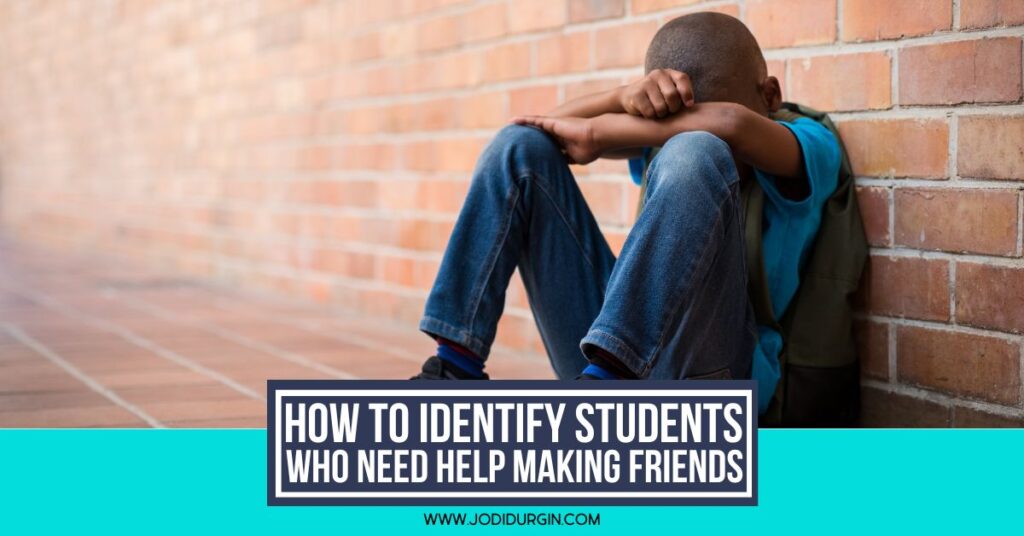
The Process of Creating the Student Check-In System
Read about the process I went through with creating the student check-in system.
Inspiration from Glennon Doyle Melton’s Post
On her blog, Glennon Doyle Melton shared a story in 2014 that still sticks with me today. In summary, her son’s teacher asks her students to list 3 students they would like to sit next to the following week as well as a classmate they feel was a good citizen over the course of the current week. Glennon wrote, his “teacher is looking for lonely children. She’s looking for children who are struggling to connect with other children. She’s identifying the little ones who are falling through the cracks of the class’s social life. She is discovering whose gifts are going unnoticed by their peers.” What a gift this post is to educators!
I typically ask students to list 3-5 friends they are hoping to be classmates with during the next year as I prepare to place them into classes for 4th grade. My purpose for doing so is to make sure that each child went on with at least one peer they enjoy being with. The activity has always been an eye-opener to me and I always feel sad when a child’s name doesn’t appear on any of the lists. But at that point it is a bit late to act upon the information effectively. I’m not sure why it never occurred to me to use this strategy for helping kids form relationships throughout the year.
I loved the idea of checking in weekly with my class and implementing strategies to help guide students to form friendships and appreciate all of their classmates for what each has to offer. There is no better way to stop bullying than by preventing it before it started by creating a caring community.
The thought of changing seats each week gives me hives, so I knew I would need to tweak the idea a little bit. Read how I implement it in my classroom below.
Lots of Trial and Error
The very next day after reading the post, I asked my students to list three classmates they were interested in working with next week. I do a lot of collaborative activities and projects and am always mixing and matching kids for that so this was a perfect fit.
As predicted, the slips of paper offered great insight into our little classroom community as a whole and into each of their sweet little minds as individuals. My heads was swimming with what to do with the information.
As teachers, our jobs have become to focused on collecting and acting upon data. What kind of data could be more important than this?
While the blog article inspired me and those slips of information provided me with information, they also left me wondering, “Now what?”
That’s when I knew I needed a plan.
The first thing I noted was that those random slips of paper were going to drive my Type A personality nuts, so I started by designing a cute little form that the kids could use each week. The slip gives them space to list the three classmates and another space to nominate someone who has been a positive role model. Not wanting them to simply write down a BFFs name, I also included space for them to record why they nominated that person.
Next, I felt that if I was going to be looking for patterns it was going to be important that the data be visually organized for me. So I created two tracking sheets. One was for the students whose names appeared on the slips as people their classmates wanted to be paired with and the other to note who was nominated by their peers for being a role model that week. I planned to use tally marks. The tracking sheet will allow me to see a month’s worth of data at a glance.
What Does the Student Check-In System Include?
The student check-in packet includes:
- several versions of a quick form for your students to fill out weekly (takes 1-2 minutes)
- printables for decorating a box to collect the weekly forms in
- a data tracking sheet to monitor which students are selected by their peers to sit or work with
- data tracking sheet to monitor which students are selected as a role model by his or her peers and the reason why
How to Implement the Student Check-In System in Your Classroom
Below are the steps for how to implement a student check-in system in your elementary classroom.
1. Select which Printables you Would Like to Use from the Packet
This packet includes several printables to choose from. You can decide which ones work best for your students.
2. Print and Make Copies of the Printables from the Packet
After you have selected which printables you are going to use, you can print them out and make copies. Consider keeping a master copy of the printables so you can make copies quickly as needed.
3. Create a System for Collecting the Forms
I used a tissue box covered with decorative wrapping paper for my “ballot box.” I then attached the printable labels from the student check-in packet to the sides of the box and coated it with Modge Podge. You can also use a basket or some other container.
4. Explicitly Teach Students How to Complete the Task
Instruct students on how to complete the task and model how to do it using teachers in the building as nominees. Think aloud why you chose those people using specific examples.
5. Have Students Complete the Task
Distribute the printables and have students fill them out independently.
6. Collect, Organize and Record the Data
Set aside time to organize the data and record it using the printables included in the packet.
7. Analyze the Data
Set aside time to review and analyze the data so you can make decisions based on your findings.
8. Use the Data to Support Students
Below are ideas for how you can use the data you collect to help your students make connections.
- Selectively pair students who need help building friendships with students who also show a need for a good friend, have a common interest, are considered leaders in the classroom, or live in their neighborhood.
- Team up with your school social worker to form a group of kids to meet for snack or a game.
- Talk to parents about setting up play dates. Kids form strong friendships at home that can carry over into the classroom setting.
- Invite a pair or small group of students to join you for lunch in the classroom.
- Eat your lunch in the student cafeteria every so often. If you sit near a child who you are trying to help foster friendships other students will quickly gather around too. Facilitate the conversation to include the student.
- Help showcase a student’s talent that other may not know about.
- Provide social activities for indoor recess such as Rainbow Loom bands, thread/gimp for bracelet making, beads, etc.
- Hold class meetings to discuss the importance of including others.
9. Routinely Have Students Complete the Task
This is not a task that you do once and that’s it. Instead, this is something that should be done weekly or monthly. It will help you monitor students’ social development and give you the information you need to determine if interventions are required.
10. Routinely Track and Analyze the Data
Set aside time to track the data you collect and analyze it. This should be a cyclical process.
In closing, I hope this information about this student check-in system is helpful. If you haven’t already be sure to download the free classroom check-in form! You may also find this list of children’s books about bullying and anti-bullying videos for kids helpful as well! Lastly, check out our Anti-Bullying SEL Unit for tons of teaching ideas and activities for elementary teachers.
In closing, we hope you found this student check-in system for identifying students who are lonely and need support building friendships helpful!

